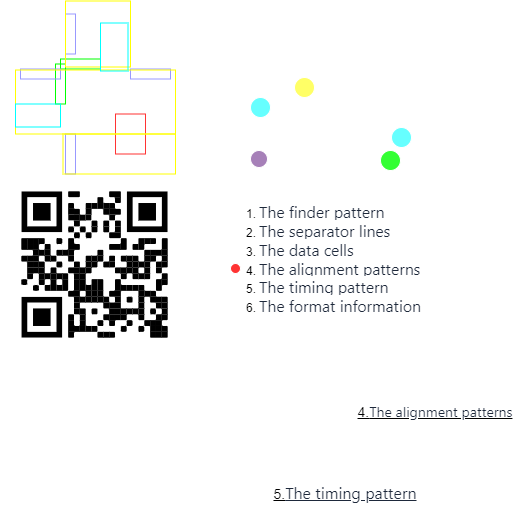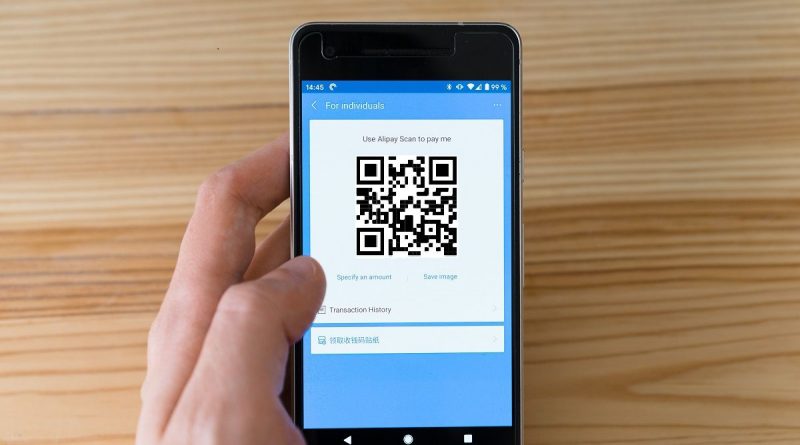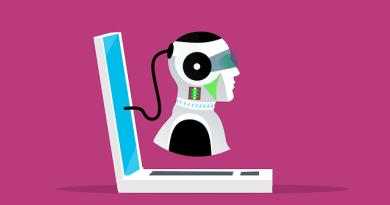What is a QR Code and How Does It Work: All You Need To Know
QR codes are on the rise. You may have seen them in magazines, on posters or even on products in stores. They’re a two-dimensional barcode that can be read by QR code readers and smartphones. So what are they, exactly, and how do they work? This guide will explain everything you need to know about QR codes!
What are QR codes?
A QR code stands for quick response code and it is a type of two-dimensional barcode. They are also known as hardlinks or physical world hyperlinks. Information is encoded in black squares placed in a square grid with multiple rows and columns on a white background. The data are converted into a machine-readable visual pattern structure. And, when read by an optical QR code scanner, the data reverts back to its original form. The maximum number of rows and columns the square grid can support are decided by the version of the QR code. So in version 1 , there are 21 columns and 21 rows. In version 40, there are 177 columns and 177 rows.
How do QR codes work?
QR codes work by storing information in a two-dimensional grid. It consist of the three large squares that you can see in the corners of QR codes. These three squares are used to help scanners locate the code. The remaining smaller squares make up what is known as the data area or message area, and it is here where the actual data is encoded. When a QR code is scanned, the scanner uses these small squares to interpret the data that has been encoded.
QR code Structure
There are 6 main parts to every QR code:

- The finder pattern: This consists of three large squares that are used to help scanners locate the code.
- The alignment patterns: These are smaller squares that are used to help scanners properly align the code.
- The timing pattern: This is a series of black and white squares that helps scanners determine the correct scanning speed.
- The format information: This is used to describe the error correction level and the masking pattern that was used to create the code.
- The data cells: These are the small squares that make up the bulk of the QR code. They contain the encoded data.
- quiet zone: The white space that surrounds the code
Optical character recognition (OCR)
Optical character recognition (OCR) is a technology that is used in QR code technology and allows you to convert images of text into actual text. This is useful for QR codes because it allows you to scan QR codes and have the data immediately converted into text that you can read. This conversion process involves three steps:
- Pre-processing: The image is converted into a black and white image.
- Segmentation: The image is divided into small blocks of text.
- Recognition: The text in each block is recognized.
Types of QR codes
There are four main types of QR codes:
1. Static QR codes: Static QR code is permanent and cannot be changed once it is generated. It is typically used to encode static information, such as a URL, that does not need to be updated frequently.
2. Dynamic QR codes: Dynamic QR code is generated dynamically and can be changed. It is typically used to encode information that needs to be updated frequently, such as a coupon code.
3. Animated QR codes: These QR codes contain animations. They are typically used for marketing purposes.
4. Structured QR codes: These QR codes are more complex and can store more information than other types of QR codes. They are typically used to encode data such as vCards, iCalendar events, and meCards.
How to generate QR codes?
There are a number of online QR code generators that you can use to generate QR codes. To any online QR code generator, you will need to specify the following settings:
- The type of QR code you want to generate: that means static, dynamic, animated or structured.
- The data you want to encode: this can be a URL, an email address, a phone number, etc.
- The size of the QR code: that is, the number of black squares in the grid.
- The error correction level: this determines how much damage the QR code can sustain and still be readable.
What are the different types of data that can be encoded in a QR code?
There are four main types of data that can be encoded in a QR code:
- Text: This is the most common type of data that is encoded in a QR code. Examples of text include URL, email address, phone number, and SMS message.
- Contact information: This type of data includes a person’s name, address, phone number, and email address. It can also include a website URL and a company logo.
- Calendar event: This type of data includes the date, time, and location of an event.
- Geo location: This type of data includes the latitude and longitude of a location.
How to read a QR code?
To read a QR code, you will need an imaging device, such as a camera, and a QR reader. There are a number of free QR code readers available for download. Once you have downloaded a QR code reader, launch the app and point your camera at the QR code. The QR code reader will then decode the information stored in the QR code and display it on your screen.
Pros and Cons of QR codes?
There are a number of benefits of using QR codes:
- They are easy to use
- They can be used to store a variety of different types of data
- They are easy to generate
- They can be read by most QR code readers
There are a few disadvantages of using QR codes:
- If a QR code is not generated correctly, it can be difficult to read
- The data stored in a QR code can be accessed by anyone with a QR code reader
- QR codes can be easily damaged, making them difficult to read
Are QR codes safe?
QR codes are generally safe. However, there have been some reports of malicious QR codes being used to distribute malware. To avoid malicious QR code, only download QR code readers from reputable sources and be sure to scan QR codes with a trusted reader.
Can someone hack a QR code?
Yes, it is possible for someone to hack a QR code. However, it is difficult to do so. The most common way to hack a QR code is to change the data that is stored in the QR code. This can be done with a QR code reader. However, it is also possible to hack into the generator used to create the QR code. This is a more difficult task, as it requires access to the generator and the ability to change the data that is stored in it.



